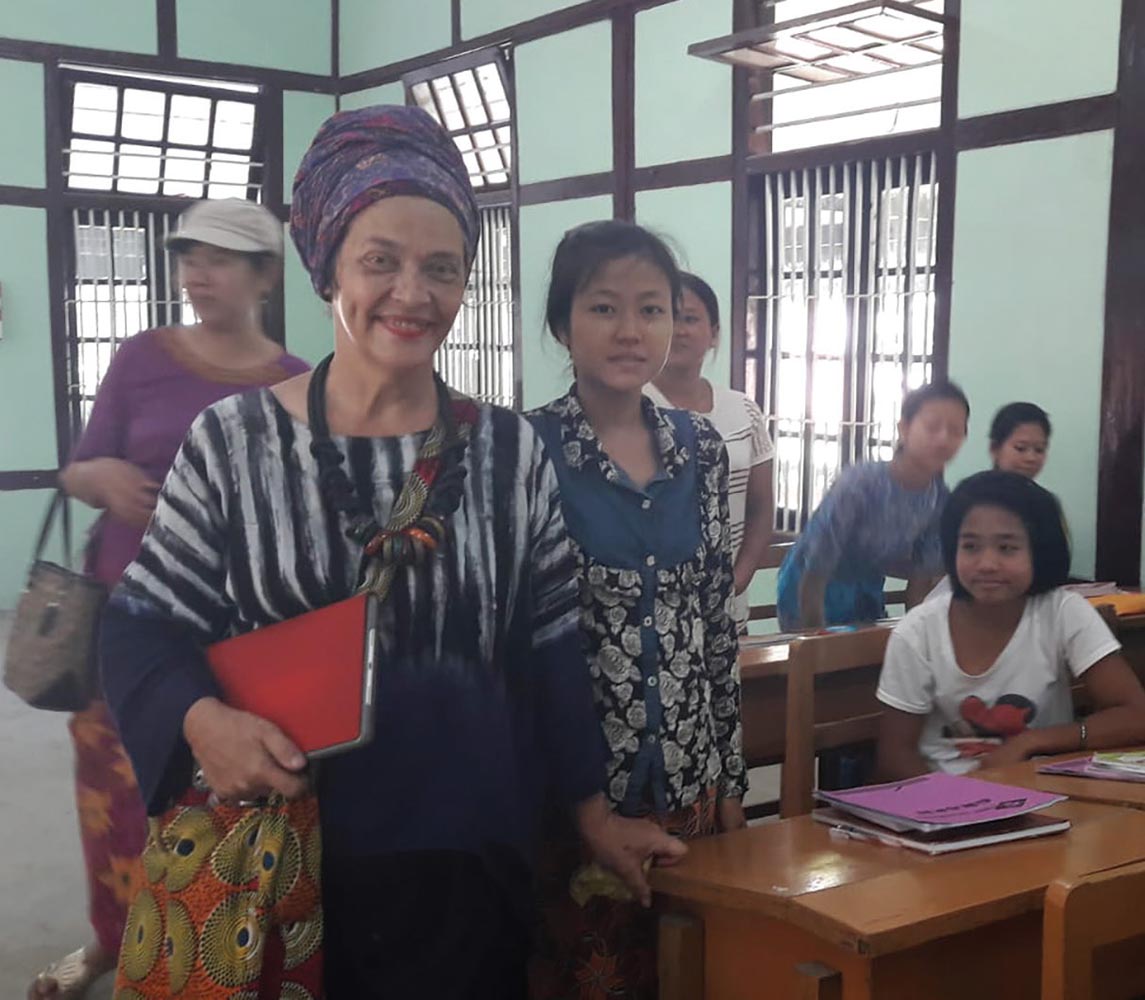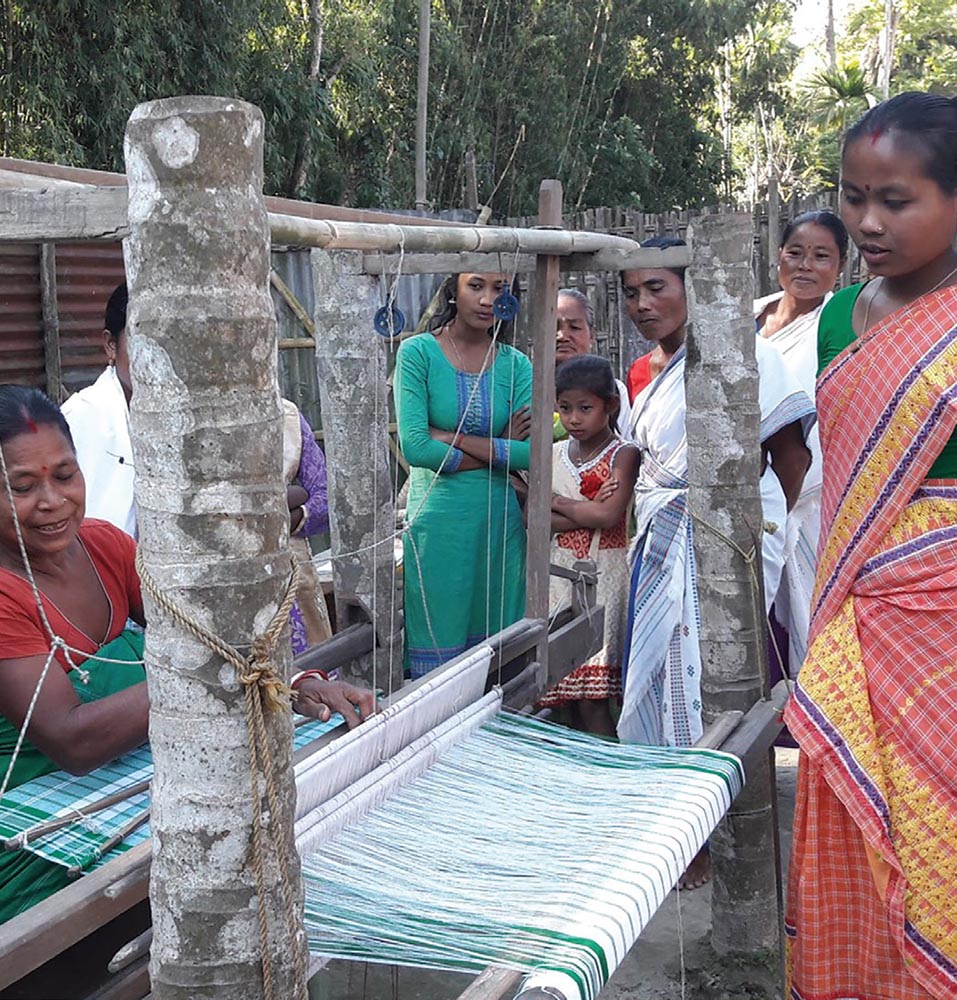Humanities Across Borders
‘Humanities Across Borders’ (HAB) is an educational cooperation programme, co-funded by the Andrew W. Mellon Foundation in New York, which aims to create shared, humanities-grounded, inter-disciplinary curricula and context-sensitive learning methodologies at the graduate and postgraduate levels. Twenty universities in Asia, Africa, Europe, and the Americas contribute time and resources to this unique and innovative venture. The HAB partners are now in the process of signing a joint agreement that will bring them together in a vibrant international consortium, committed to building new humanist capacities at the inter-institutional level, including thematic projects, syllabi, and joint classrooms with other continents. This new phase (2021-2026) builds on the groundwork laid during the first phase of the programme, under the title ‘Humanities across Borders: Asia and Africa in the World’ (2016-2021). As HAB enters into this exciting next chapter, we present a series of photographs from the first five years alongside a brief reflection on what was accomplished, where we are now, and what the future has in store.
Humanities Across Borders commenced as a collaborative programme in October 2016 with 15 partner institutions in Asia, West Africa, Europe, and the United States to jointly explore the possibility of developing a humanist model of civically grounded education. We focused on pedagogical experiments, using a variety of collaborative formats of academia-societal engagement, sustaining institutional partnerships, and expanding the network. We paid specific attention to academic practice in higher education, i.e., the mindset and norms that guide us within the university and the relational elements that bind (or divide) us. What we have learned from this exercise is that there is an urgent need for dialogue across disciplinary, geo-political, and socio-economic borders and the co-creation of knowledge along the academe-society axis.
In the past five years, we have nurtured and worked with dynamic individuals functioning from open ‘border-crossing’ spaces that are linked to or nested within universities in the network. Loosely structured to allow for informal, inter-sectoral interactions, these spaces functioned as a common meeting ground for different civic players, including scholars.
The idea behind this approach has been to generate new and dynamic iterations of inclusive knowledge, in non-restrictive formats of dissemination and reception, over a sustained period. This way, HAB has sought to develop new and relevant content, drawn from lived experience and the testing of different collaborative arrangements – intra-regional partnerships and multi-university thematic clusters – for teaching and learning in a globally connected, yet locally situated way.
The numerous HAB projects carried out around the world emphasized direct engagement with human experiences, forms of knowledge embedded in orality and cultural ecologies of everyday knowledge production and transmission. We identified four universally held ‘sites of knowledge and meaning’ – Food, Place-making, Craft, and Words-in-use – as entry points for dialogue between academia and artists, local practitioners, gender and environmental activists, and other civil society actors. Through this process, various teaching resources have been developed in each of these projects, featuring trans-disciplinary knowledge, co-produced with civic partners. They contribute to the growing repository of HAB cross-border pedagogies, which will serve as the foundation for HAB’s curriculum development phase to be implemented in the coming years.
Among the key outcomes of the first phase of the Humanities Across Borders initiative are:
- HAB’s collaborative, critical, and context-attentive situated learning 1 methodologies and the HAB accession cards, a digital storytelling tool and thematic archive with shared access (https://humanitiesacrossborders.org/accession-cards).
- HAB Consortium of partner institutions, currently in the process of signing a shared agreement
- HAB Manifesto that articulates our shared pedagogical values of critical thinking, deep listening, and immersion.
Humanities Across Borders curriculum development
HAB’s work of building and sustaining a collegial spirit among globally dispersed partners has not been without its challenges. A major setback has been the tightening grip of authoritarian regimes over freedom of expression in university campuses, classrooms, and syllabi in many countries. Among the systemic challenges we have faced is the relative conservatism of many academic institutions and the perpetuation of a singular, dominant model of the “modern university.” 2 At the end of HAB’s first phase, however, we can say that we now rely on a solid network of dedicated individuals, educators, and administrators keen to implement the pedagogical and institutional objectives of HAB.
Given the new circumstances of work and life under the Covid-19 pandemic, we have now set in place a new strategy based on the principles of subsidiarity and decentralization. Four anchoring institutions have been identified in the four main world regions where HAB is represented. Deploying the four sites of universal meaning – food, place, craft, and words – as entry points for re-thinking methodological frameworks and working with experiential pedagogies has proved that embedding teaching within local realities was not only possible but highly desirable and also timely for many partners seeking access to global resources and connections. Such experiments have opened substantive dialogue and interactions outside the classroom beyond usual disciplinary, organizational, and structural entrapments.
We are now taking this approach forward by developing the four themes as interrelated syllabus tracks within the HAB collective curricular framework. Four key partner institutes have been identified at the operational level, one on each continent, each coordinating one of the four syllabi tracks: for Place, Ambedkar University, India; for Food, Leiden University College, the Netherlands; for Craft, University of Ghana, Africa; and for Words, Kenyon College, USA. The four coordinators from these institutes were selected by due process and will devote part of their time to HAB work on behalf of the whole network.
Our goal in the first phase was to demonstrate that an alternative, humanist, local-global approach to teaching and learning in higher education is not only possible but also viable in an environment in which the humanities and all humanistic knowledge are endangered species. Seeing a full-fledged accredited educational program among HAB members represents the ultimate goal of HAB’s effort toward institutionalizing its curriculum model. We aim to accomplish this through internal evaluation procedures and the creation of defined HAB standards. We anticipate that the HAB Accreditation Committee (AC), to be set up, will be responsible for developing criteria for membership at the individual, departmental, and institutional levels. It will help define and refine operational criteria for the alternative humanist model of education articulated in the HAB Manifesto.
Working with institutions along the South-South-North axis has proven to be an extremely powerful way to collaborate. One reason is that universities from the South find themselves generally more exposed to societal boundaries and resource uncertainties. Another reason is that the level of global entanglement existing in higher education – in terms of students and faculty populations, and also in terms of the subjects covered – makes it necessary for institutions from the North to show the same level of knowledge and awareness of what is happening in the South as it is for the South towards the North.
The trans-regional discussions along the four HAB themes have yielded interesting comparisons, connections, and collaborations across the network. At the International Convention of Asia Scholars (ICAS 12, August 2021), organized and hosted jointly by IIAS and Kyoto Seika University (Japan), HAB scholars shared field experiences to co-create didactic tools, syllabi, and teaching resources. The HAB roundtables on food, indigo, rice, intersectional pedagogies, and place-making are examples of the creative interactions and sustained relationships that have been forged with partners since 2016. It is these very collaborations that will sustain and bolster our shared vision of education as we move forward into the second phase of Humanities Across Borders.


We envision a university that reclaims its rightful civic role and responsibility at the confluence of multiple nodes of knowledge exchange. We propose to create border-crossing spaces within and outside universities where academics, students, and communities learn from, and act and work with, each other, in an atmosphere of mutual respect and recognition.
-"Preamble," HAB Manifesto




